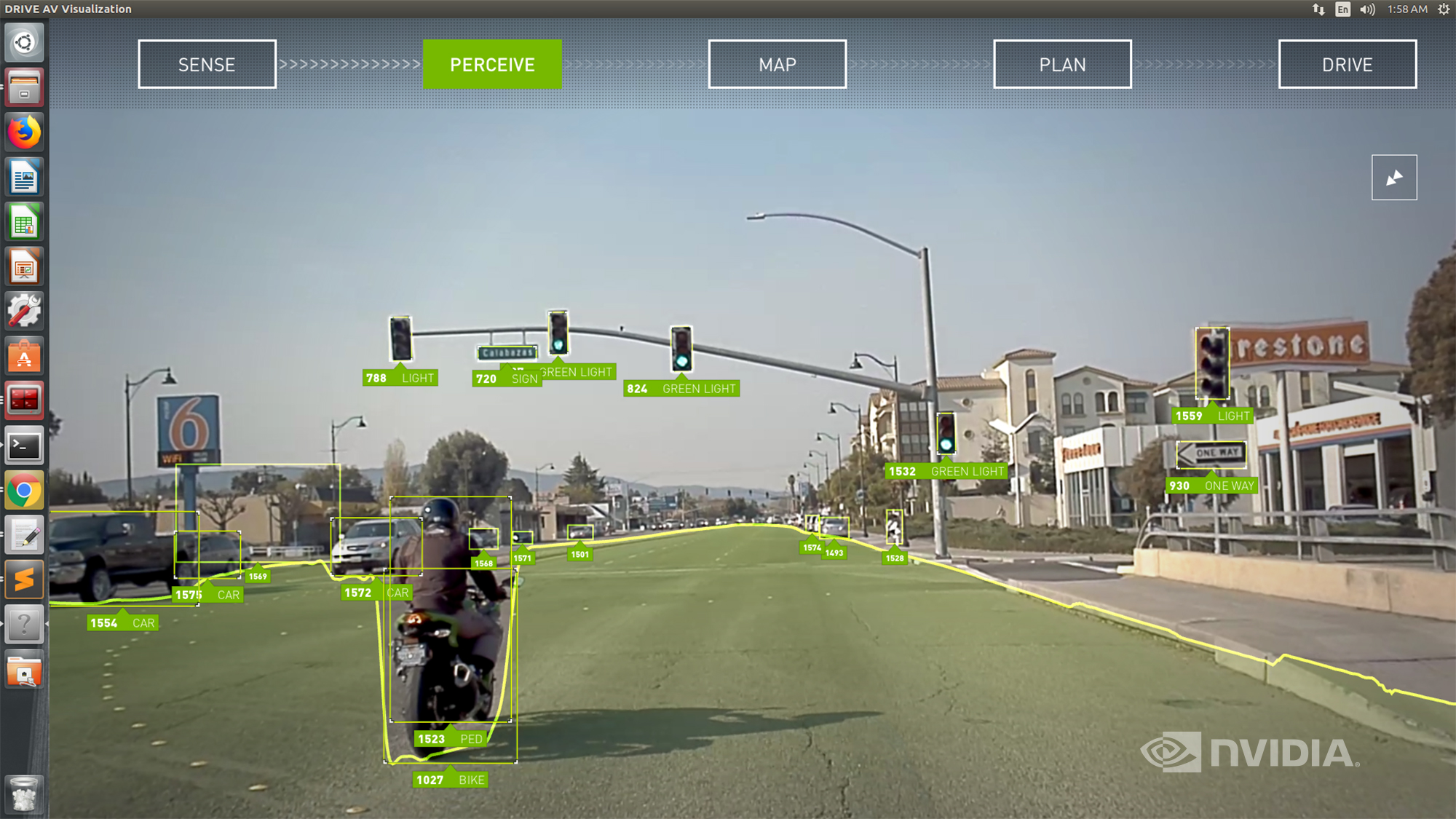Electric Cars
Electric Car Benefits
Electric Car Sales
Solar Energy Rocks
RSS
Advertise
Privacy Policy
Autonomous Vehicles
Published on January 8th, 2019 |
by Steve Hanley
Tesla Model Y Price Rumors & Specs, + Urban Supercharger Specs
Twitter
Google+
LinkedIn
Pinterest
Facebook
January 8th, 2019 by Steve Hanley
Tesla has been quiet about the upcoming Model Y, probably not wanting to hurt demand for the Model 3. As far as anyone knows, the Model Y will be based on the Model 3 platform, which makes perfect sense. Beyond that, very little hard information about Tesla’s compact SUV has made it into the public domain. Will it have falcon-wing doors? Range? Price? All of that information has stayed locked away inside the company. …
Until now.
“The Tesla Show” says it got dished some inside information from “a little birdie” and shared that with the world in a tweet on January 6.
There are some interesting tidbits in there. First, the Model Y will be all-wheel drive only (which was expected if not previously stated). A base price of $35,000 to $40,000 tracks nicely with prices for the Model 3, which will start at $35,000 (eventually) for the standard range version. The dual motor option on the Model 3 is a $5,000 upgrade.
Second, Tesla may be planning a Hardware 3.5 upgrade that will add more cameras and radar to the existing Hardware 2 package. Hardware 3 will include the new Tesla-designed and -engineered self-driving computer that is 1,000 times faster than the Nvidia Drive PX2 used in the cars being manufactured today. It will be interesting to see how the extra inputs affect the Autopilot experience and whether they can be retrofitted to existing cars.
As to whether the new information is accurate or not, Ryan McCaffrey, host of the “Ride The Lighting” podcast, confirmed that the same “little birdie” provided him with the same supposed insider scoop. The official reveal of the Model Y is expected sometime in the spring, possibly in March.
Urban Charger Details
Also on January 6, Tesla aficionado Vincent tweeted a photo that provides details about Tesla’s Urban Charger, which is more powerful than a home charger but not as powerful as the Superchargers that accompany major transportation routes.
Twitter user David Rees added these details and a tweak on the use of ‘new’ in the tweet: “Those aren’t that new, Tesla has been using these stalls for a while, around Sept 2017. They are called ‘urban’ Superchargers and max out at 72 kW. The original style pairs two plugs to one cabinet capable of 330A continuous, max 120 kW per plug. Urban plugs always deliver 72 kW max, where the others you can start off slower if someone else is paired off the same cabinet. Always look for an unpaired plug at the 120 kW stations for max charge rate! They are almost always clearly marked 1A/1B, 2A/2B, etc.” Oh, I actually wrote about these Urban Superchargers back in September 2017.
Tesla CEO Elon Musk indicated recently that Tesla is concentrating on bringing chargers like the one shown above to urban areas, particularly apartment and condo dwellers who do not have easy access to private chargers. Not every Tesla owner has a private garage. Expanding the charging infrastructure will be critical for sales to reach as many potential customers as possible.
About the Author
Steve Hanley Steve writes about the interface between technology and sustainability from his home in Rhode Island and anywhere else the Singularity may take him. His motto is “Democracy is socialism.” You got a problem with that?
You can follow him on Google + and on Twitter.
Back to Top ↑
Advertisement
Advertise with CleanTechnica to get your company in front of our readers.
CleanTechnica Clothing & Cups
Top News On CleanTechnica
Join CleanTechnica Today!
Advertisement
Advertisement
Follow CleanTechnica Follow @cleantechnica
Our New Electric Car Driver Report
Read & share our new report on “electric car drivers, what they desire, and what the demand.”
The EV Safety Advantage
Read & share our free report on EV safety, “The EV Safety Advantage.”
EV Charging Guidelines for Cities
Share our free report on EV charging guidelines for cities, “Electric Vehicle Charging Infrastructure: Guidelines For Cities.”
30 Electric Car Benefits
Our Electric Vehicle Reviews
Tesla News
Cleantech Press Releases
New Research Shows That Only Two Large Petroleum Companies Have Meaningful Emission Reduction Targets
Koben Announces EVOLVE EVSF —Grid-Friendly Modular EV Store & Forward System
The New Danish Climate Plan — Together For A Greener Future
38 Anti-Cleantech Myths
Wind & Solar Prices Beat Fossils
Cost of Solar Panels Collapses
© 2018 Sustainable Enterprises Media, Inc.
Electric Cars
Electric Car Benefits
Electric Car Sales
Solar Energy Rocks
RSS
Advertise
Privacy Policy
This site uses cookies: Find out more.Okay, thanks
